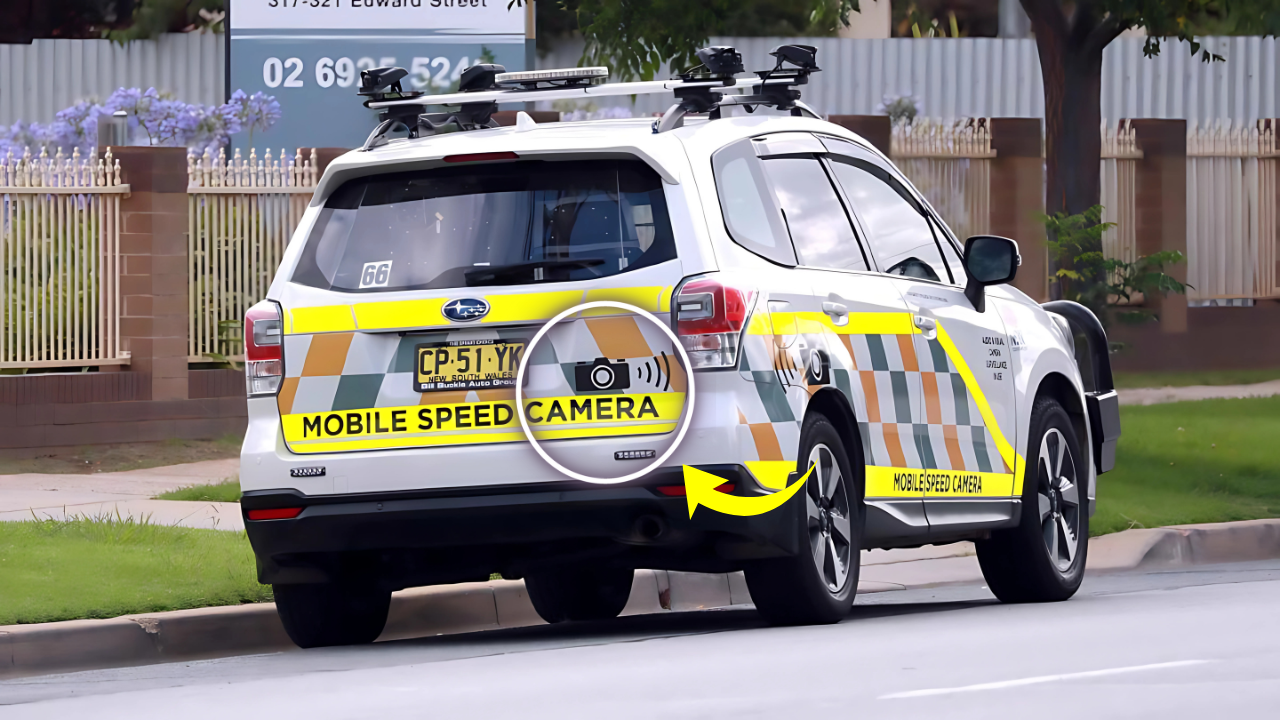Mobile speed cameras are a common sight on roads worldwide, with authorities using them to enforce speed limits and reduce road accidents. But where exactly can these cameras be placed? Are there any restrictions, or can they be set up “anywhere, anytime”? This article explores the rules, technology, and impact of mobile speed cameras, helping drivers understand what to expect and how to stay safe.
Understanding Mobile Speed Cameras
What Are Mobile Speed Cameras?
Mobile speed cameras are portable devices designed to detect and record vehicles exceeding the posted speed limit. Unlike fixed cameras, they can be moved to different locations, making them a flexible tool for law enforcement These cameras are typically installed in vehicles, trailers, or even on tripods, and use radar or laser technology to measure vehicle speed.
How Do Mobile Speed Cameras Work?
Mobile speed cameras use radar or LIDAR (Light Detection and Ranging) to detect a vehicle’s speed as it passes by. If the vehicle exceeds the speed limit, the camera takes a photo, recording the time, date, location, and speed. The image and data are then reviewed by authorities before a fine is issued. Modern cameras can monitor multiple lanes and detect vehicles traveling in both directions.
Placement of Mobile Speed Cameras
Are There Rules for Placing Mobile Speed Cameras?
While mobile speed cameras can be moved around, there are guidelines and regulations governing their placement. Authorities generally target high-risk locations, such as accident black spots, school zones, and areas with a history of speeding or crashes. In some regions, there are specific rules about where and how cameras can be deployed.
Can Mobile Speed Cameras Be Placed Anywhere?
In theory, mobile speed cameras are designed to be highly flexible and can be deployed in a wide range of locations. For example, in New Zealand, authorities state that mobile safety cameras can operate “anytime, anywhere” to provide a general deterrent to speeding. Similarly, in Australia, mobile speed cameras can be mounted in vehicles or trailers and taken to any location, though they are not deliberately hidden.
However, there are usually operational guidelines. In Victoria, for instance, mobile speed cameras are not signposted but are not supposed to be deliberately concealed Operators must conduct site inspections and test shots to ensure accuracy before each session. Some states require warning signs before and after mobile speed cameras, while others do not.
Where Are Mobile Speed Cameras Commonly Found?
Common locations for mobile speed cameras include:
-
Highways and motorways: To enforce speed limits on fast-moving traffic.
-
Urban areas: Especially near schools, hospitals, and residential zones.
-
Construction zones: To protect workers and enforce reduced speed limits.
-
Accident black spots: Areas with a history of crashes or speeding violations.
Technology and Accuracy
How Accurate Are Mobile Speed Cameras?
Mobile speed cameras are highly accurate when properly maintained and calibrated Operators are required to perform regular checks and test shots before each deployment to ensure the system is working correctly In some regions, cameras are independently certified annually to guarantee accuracy.
Do Mobile Speed Cameras Flash?
Most modern mobile speed cameras do not use a visible flash. Instead, they use infrared or other sensor technology to capture images discreetly, making it difficult for drivers to know if they have been caught.
Legal and Ethical Considerations
Are Mobile Speed Cameras Fair?
The use of mobile speed cameras is sometimes controversial. Critics argue that they are used more for revenue-raising than for safety, especially when placed in areas with low accident rates or arbitrary speed limits. However, authorities maintain that their primary goal is to reduce speeding and save lives.
How Are Fines Issued?
If a vehicle is detected speeding, the camera captures an image and records the relevant details. The data is reviewed by trained officers before a fine is issued to the registered owner of the vehicle. The onus is on the owner to identify the driver if it was not them at the time.
Impact on Road Safety
Do Mobile Speed Cameras Reduce Accidents?
Studies and real-world data show that mobile speed cameras are effective in reducing speeding and the risk of crashes. Their presence acts as a general deterrent, encouraging drivers to obey speed limits even when they do not see a camera.
Mobile Speed Cameras vs. Fixed Cameras
| Feature | Mobile Speed Cameras | Fixed Speed Cameras |
|---|---|---|
| Placement | Can be moved to any location | Permanently installed in one spot |
| Visibility | May be unmarked or in plain vehicles | Always signposted |
| Enforcement Range | Multiple lanes, both directions | Multiple lanes, both directions |
| Deterrent Effect | High (anywhere, anytime) | High (known locations) |
| Flash | Usually no visible flash | May use visible flash |
How to Spot a Mobile Speed Camera
While mobile speed cameras can be discreet, there are some signs to look out for:
-
Unmarked vehicles or trailers: Often parked on the side of the road.
-
Warning signs: In some states, signs are placed before and after the camera.
-
Operator presence: Sometimes, an operator may be visible inside the vehicle.
FAQs
1. Can mobile speed cameras catch you from both directions?
Yes, modern mobile speed cameras can detect vehicles traveling in both directions on multi-lane roads.
2. Do mobile speed cameras always flash?
No, most modern cameras use infrared or sensor technology and do not use a visible flash.
3. How do I know if I’ve been caught by a mobile speed camera?
You usually won’t know until you receive a fine in the mail, as there is no visible flash or immediate notification.

